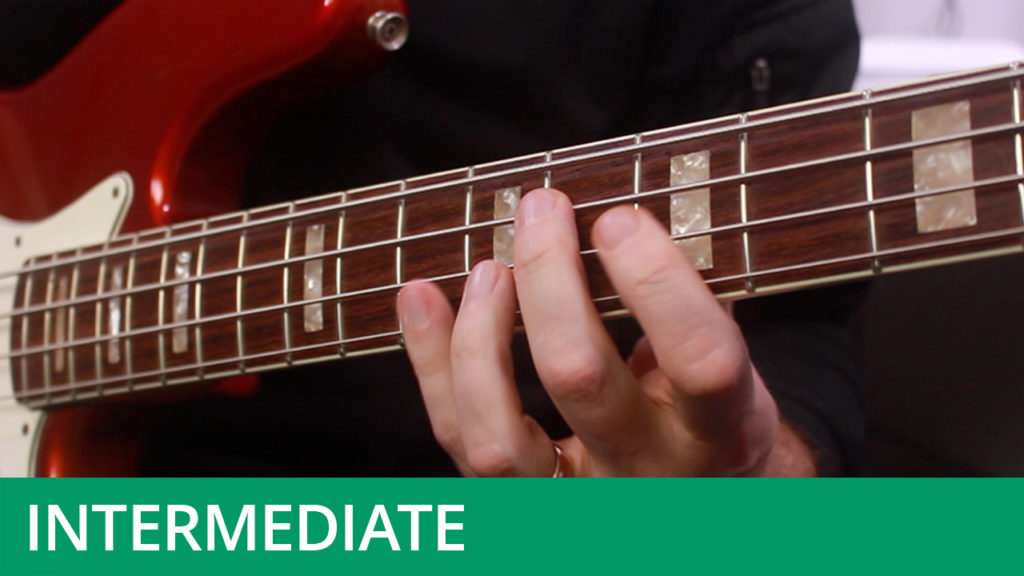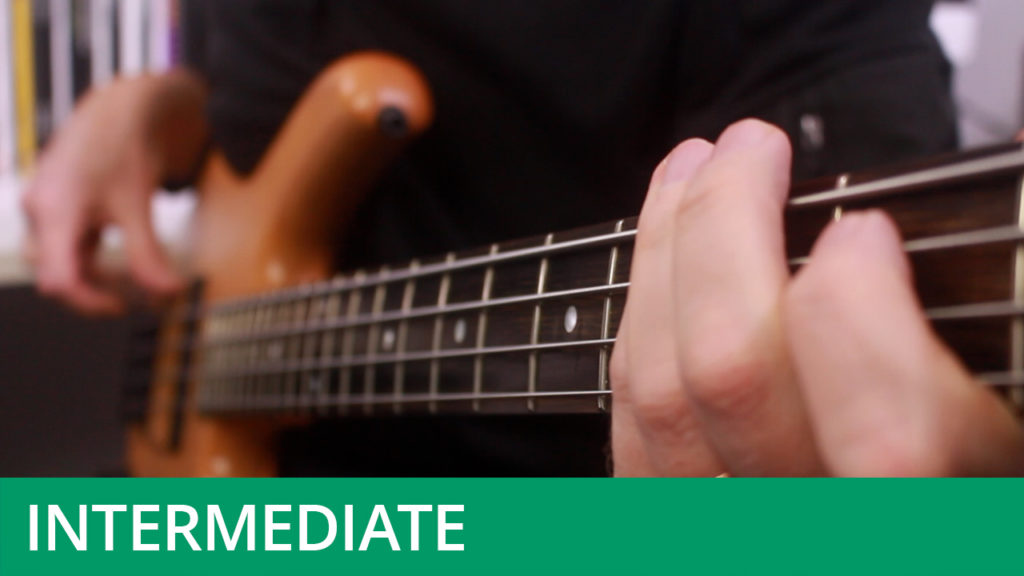The Dorian Mode
Course Duration: 58 Minutes | Difficulty Level: 4
This course is a detailed study of the second mode of the major scale –the Dorian mode. This is one of the most important modes to learn and is widely used in all styles of music. The Dorian is a minor mode, meaning that it is typically used with minor chords. This course will initially cover the difference between the Dorian mode and the natural minor scale.
The first part of this course will get you playing the mode all over the fingerboard using the 'content over patterns' system. The remainder of the course will then consist of a series of grooves that showcase the mode in action. The first few grooves will be in the key of C (and will therefore use the D Dorian mode), then there will be some grooves which use the Dorian mode in other keys. By the end of this course you should be very familiar with the sound of the Dorian mode and will be well-placed to begin using it in your own lines and compositions.
Don’t forget to hit the Download Resources button above in order to download the PDF worksheet and audio files for this course (available to subscribers only).



